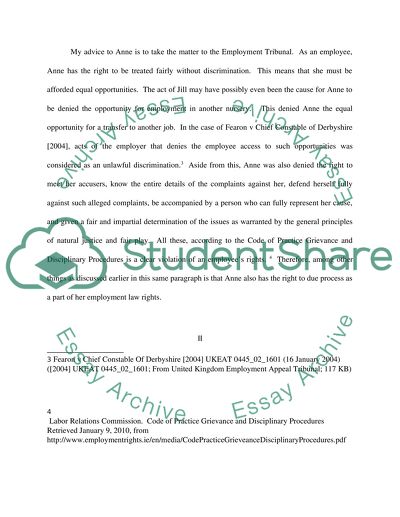Cite this document
(“Employment Law: employment discrimination Case Study”, n.d.)
Employment Law: employment discrimination Case Study. Retrieved from https://studentshare.org/miscellaneous/1504865-employment-law-employment-discrimination
Employment Law: employment discrimination Case Study. Retrieved from https://studentshare.org/miscellaneous/1504865-employment-law-employment-discrimination
(Employment Law: Employment Discrimination Case Study)
Employment Law: Employment Discrimination Case Study. https://studentshare.org/miscellaneous/1504865-employment-law-employment-discrimination.
Employment Law: Employment Discrimination Case Study. https://studentshare.org/miscellaneous/1504865-employment-law-employment-discrimination.
“Employment Law: Employment Discrimination Case Study”, n.d. https://studentshare.org/miscellaneous/1504865-employment-law-employment-discrimination.


